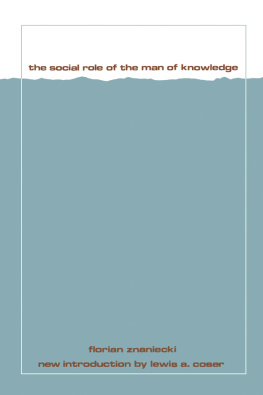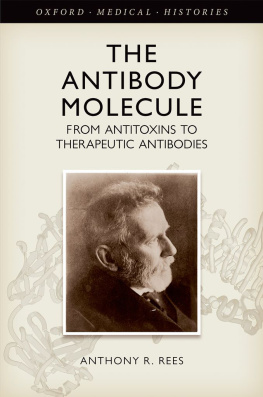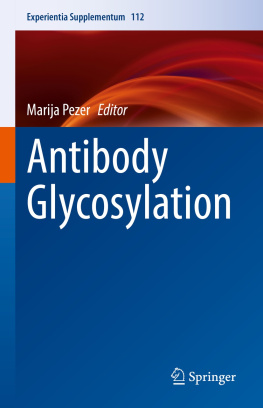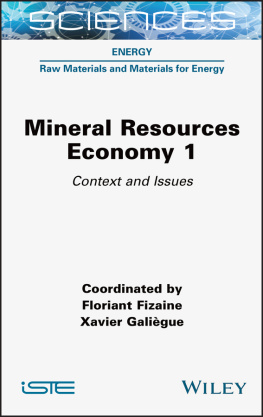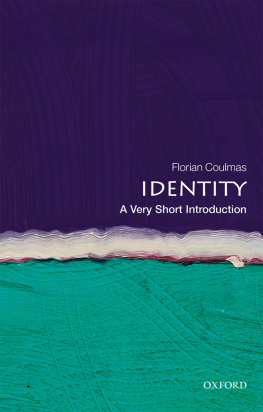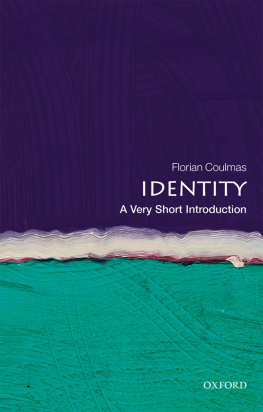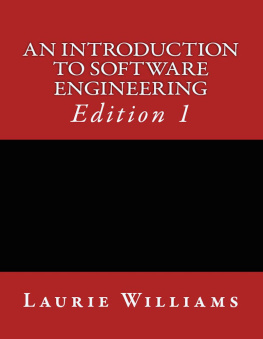Florian Rüker - Introduction to Antibody Engineering
Here you can read online Florian Rüker - Introduction to Antibody Engineering full text of the book (entire story) in english for free. Download pdf and epub, get meaning, cover and reviews about this ebook. year: 2020, publisher: Springer International Publishing, genre: Religion. Description of the work, (preface) as well as reviews are available. Best literature library LitArk.com created for fans of good reading and offers a wide selection of genres:
Romance novel
Science fiction
Adventure
Detective
Science
History
Home and family
Prose
Art
Politics
Computer
Non-fiction
Religion
Business
Children
Humor
Choose a favorite category and find really read worthwhile books. Enjoy immersion in the world of imagination, feel the emotions of the characters or learn something new for yourself, make an fascinating discovery.
- Book:Introduction to Antibody Engineering
- Author:
- Publisher:Springer International Publishing
- Genre:
- Year:2020
- Rating:5 / 5
- Favourites:Add to favourites
- Your mark:
- 100
- 1
- 2
- 3
- 4
- 5
Introduction to Antibody Engineering: summary, description and annotation
We offer to read an annotation, description, summary or preface (depends on what the author of the book "Introduction to Antibody Engineering" wrote himself). If you haven't found the necessary information about the book — write in the comments, we will try to find it.
Introduction to Antibody Engineering — read online for free the complete book (whole text) full work
Below is the text of the book, divided by pages. System saving the place of the last page read, allows you to conveniently read the book "Introduction to Antibody Engineering" online for free, without having to search again every time where you left off. Put a bookmark, and you can go to the page where you finished reading at any time.
Font size:
Interval:
Bookmark:
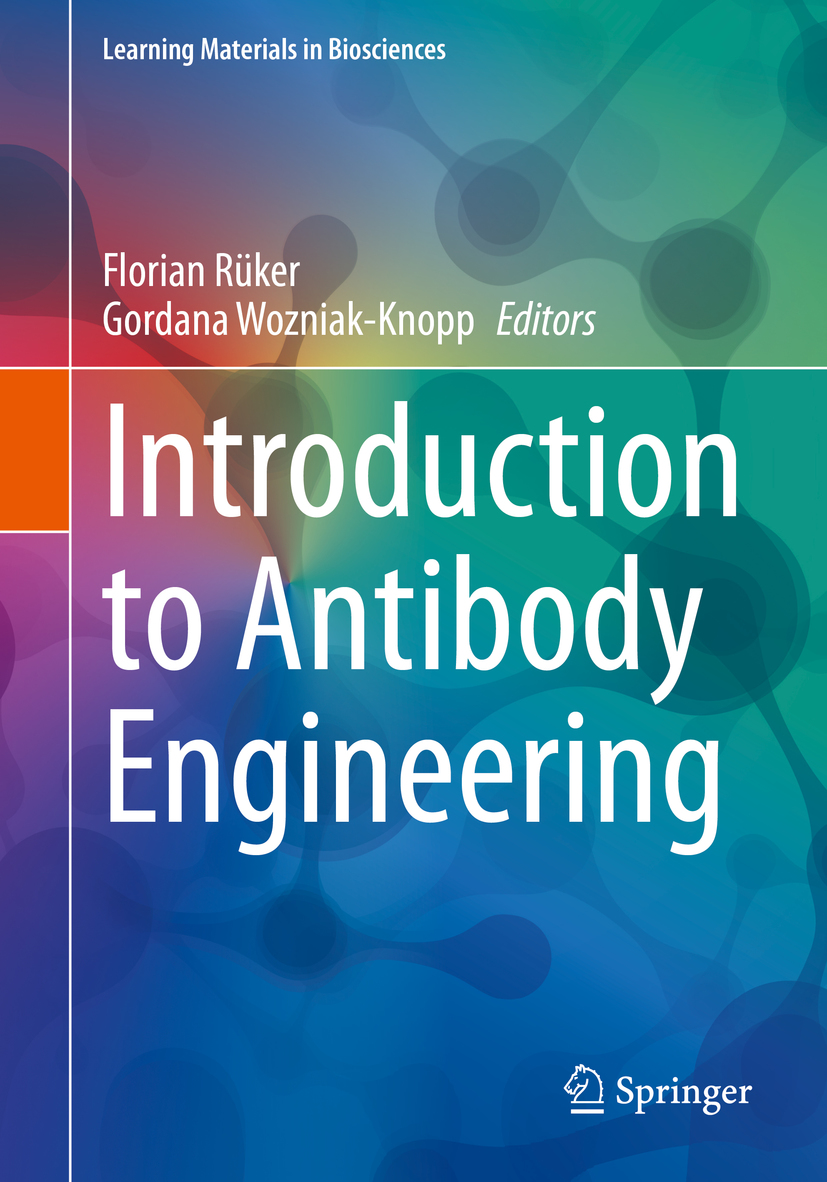
Learning Materials in Biosciences textbooks compactly and concisely discuss a specific biological, biomedical, biochemical, bioengineering or cell biologic topic. The textbooks in this series are based on lectures for upper-level undergraduates, masters and graduate students, presented and written by authoritative figures in the field at leading universities around the globe.
The titles are organized to guide the reader to a deeper understanding of the concepts covered.
More information about this series at http://www.springer.com/series/15430 Each textbook provides readers with fundamental insights into the subject and prepares them to independently pursue further thinking and research on the topic. Colored figures, step-by-step protocols and take-home messages offer an accessible approach to learning and understanding.
In addition to being designed to benefit students, Learning Materials textbooks represent a valuable tool for lecturers and teachers, helping them to prepare their own respective coursework.

This Springer imprint is published by the registered company Springer Nature Switzerland AG.
The registered company address is: Gewerbestrasse 11, 6330 Cham, Switzerland
The textbook Introduction to Antibody Engineering intended for students of natural sciences at the masters level, but written for all fans of the antibody molecule, is a stroll through early days of antibody discovery and milestone findings on their molecular properties toward their most recent groundbreaking applications. Antibodies are today one of the most important classes of therapeutic molecules, saving lives and improving quality of lives of millions of patients suffering from cancer and autoimmune diseases. It is fascinating how these molecules, produced by the immune system in a wide variety and innate superb stability, were discovered to be amenable to further biotechnological and biomedical developments. The fact that their activity alone can account for the recovery from a diseased state and that it can often even be attributed to a single therapeutic agent incited the ambition of many scientists to analyze the activity of their molecular building blocks and their organization. Obliging to fit the broad spectrum of requirements of their end use, such as graded degrees of specific antigen affinity, tailored half-life, and variable engagement of effector cells, this class of molecules has yielded suitable candidates for various therapeutic applications. Their amenability to molecular evolution has led to the development of sophisticated display and selection platforms based on phage, yeast, insect, and mammalian cells. Their modular composition enabled the discovery of miniaturized antibodies and antibody-like formats, which still mediate antibody-like antigen capturing, but can exhibit improved biodistribution, bioavailability, and even stunningly improved potency in their envisioned use. Incredible new biology that can result from a combination of two or more antigen specificities in a single molecule has prompted engineering efforts to produce bispecific antibody-based agents, which have in the last ten years entered the stage of clinical testing in large numbers. One unique turn in antibody development was the attachment of a viciously poisonous toxin, which is however only active when released from the antibody moiety, and thereby the exquisite specificity and the deleterious effect on the cell were combined to optimize targeted toxicity. For the production of therapeutic agents, it is mandatory to secure a source of high-level expression of a homogenous product that fulfills highly structured quality control criteria, and stability engineering may be decisive for their further development. Apart from their therapeutic value, antibodies are the core components of diagnostic tests in clinical and research diagnostics.
It would not be possible to cover this complex field without the contributions of experts from academia and industry, who are not only eminent researchers in the antibody field, but also specialists in the particular topics relevant to the ever-expanding sphere of antibody engineering. We wish to express sincere gratitude for sharing their knowledge and investing their valuable time and composing excellent chapters, which render the conceptual background, applicative aspects, and timely views on the particular subject a pleasant read. We thank Antony Rees for an enchanting overview of antibody history; Janina Klemm, Lukas Pekar, Simon Krah, and Stefan Zielonka for a comprehensive comparison of antibody display systems; Biao Ma and Michael Osborn for enlightening on the timely topic of transgenic animals as platforms for antibody discovery; Laura Rhiel and Stefan Becker for systematically summarizing applications of antibodies in therapy, diagnosis, and science; Stephan Dickgiesser, Marcel Rieker, and Nicolas Rasche for the thorough description of manifold aspects of the exciting class of antibodydrug conjugates; Doreen Knning and Jonas Schfer for the well-structured overview of the colorful collection of alternative binding scaffolds; Astrid Holzinger and Hinrich Abken for the valuable insights into the therapeutic options with CAR-T cells; Neil Brewis for the inspirational ideas on the improvement of the key characteristics of antibodies; Bjrn Hock and Henri Kornmann for their highly application-oriented views on challenges in the manufacture of therapeutic antibodies; and Lina Heistinger, David Reinhart, Diethard Mattanovich, and Renate Kunert for the informative comparison of animal cell- and yeast-based platforms for production of antibodies and antibody fragments. We would like to acknowledge Sivachandran (Siva) Ravanan for excellent assistance in the editorial process, immense patience, and understanding. Finally, a word of appreciation for all our students past and present, whose genuine interest in antibody engineering was rewarding and motivating for us through many years of lecturing.
Font size:
Interval:
Bookmark:
Similar books «Introduction to Antibody Engineering»
Look at similar books to Introduction to Antibody Engineering. We have selected literature similar in name and meaning in the hope of providing readers with more options to find new, interesting, not yet read works.
Discussion, reviews of the book Introduction to Antibody Engineering and just readers' own opinions. Leave your comments, write what you think about the work, its meaning or the main characters. Specify what exactly you liked and what you didn't like, and why you think so.


